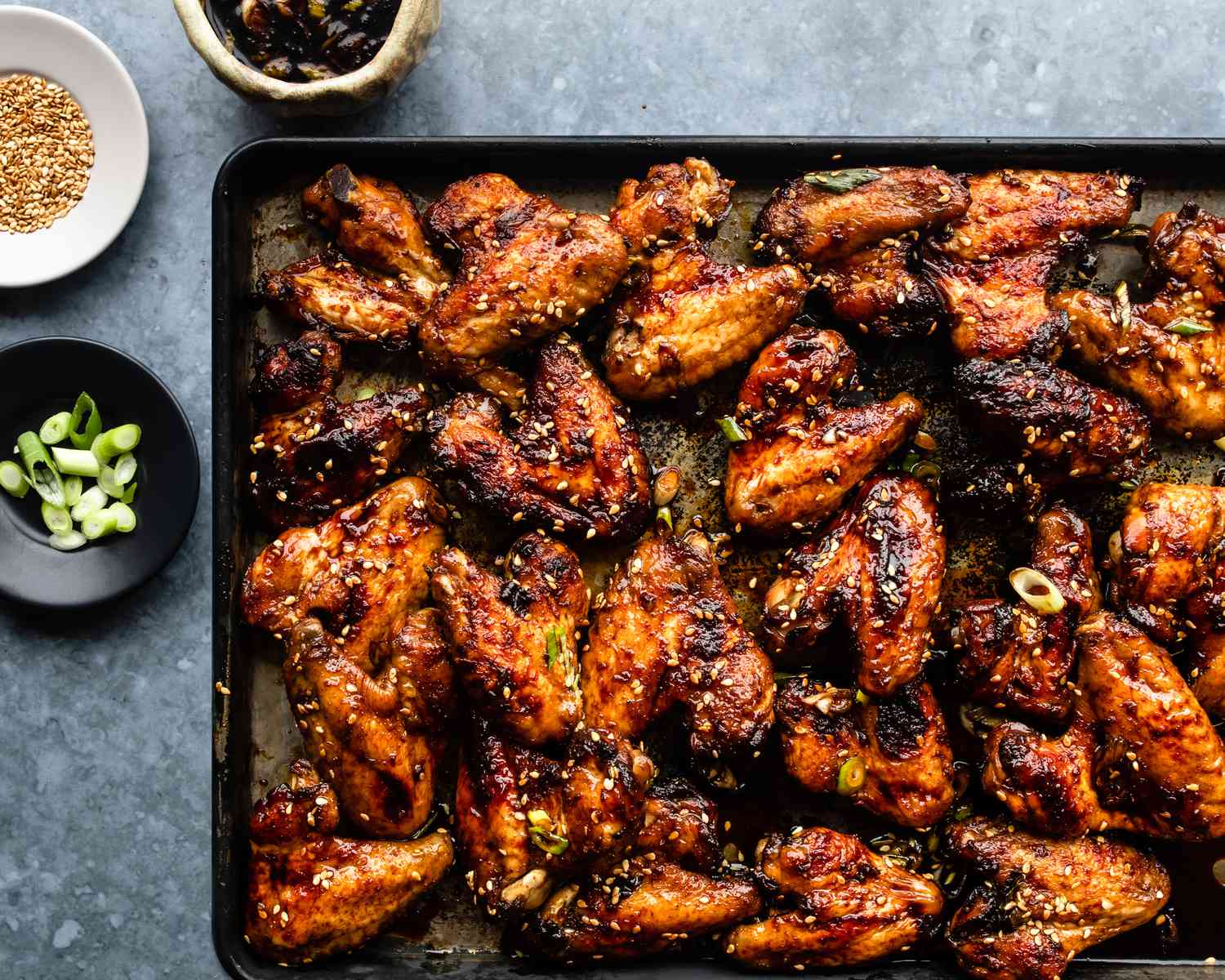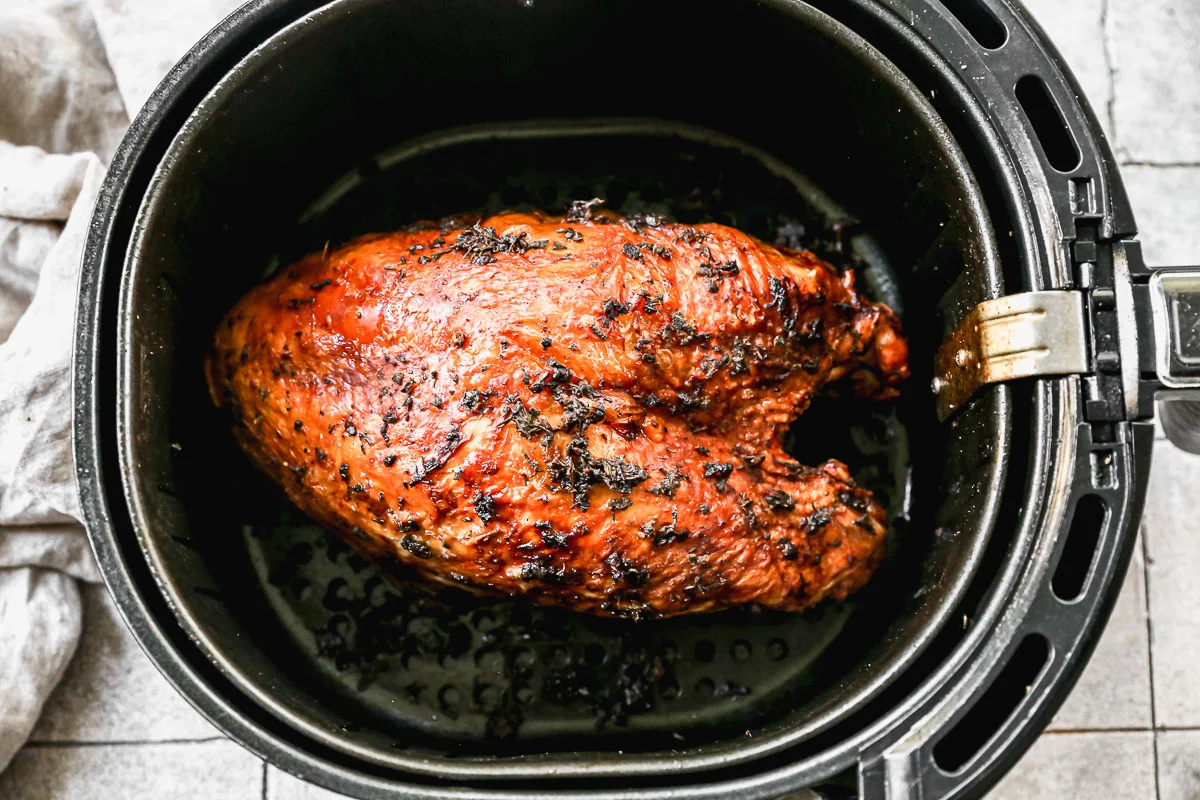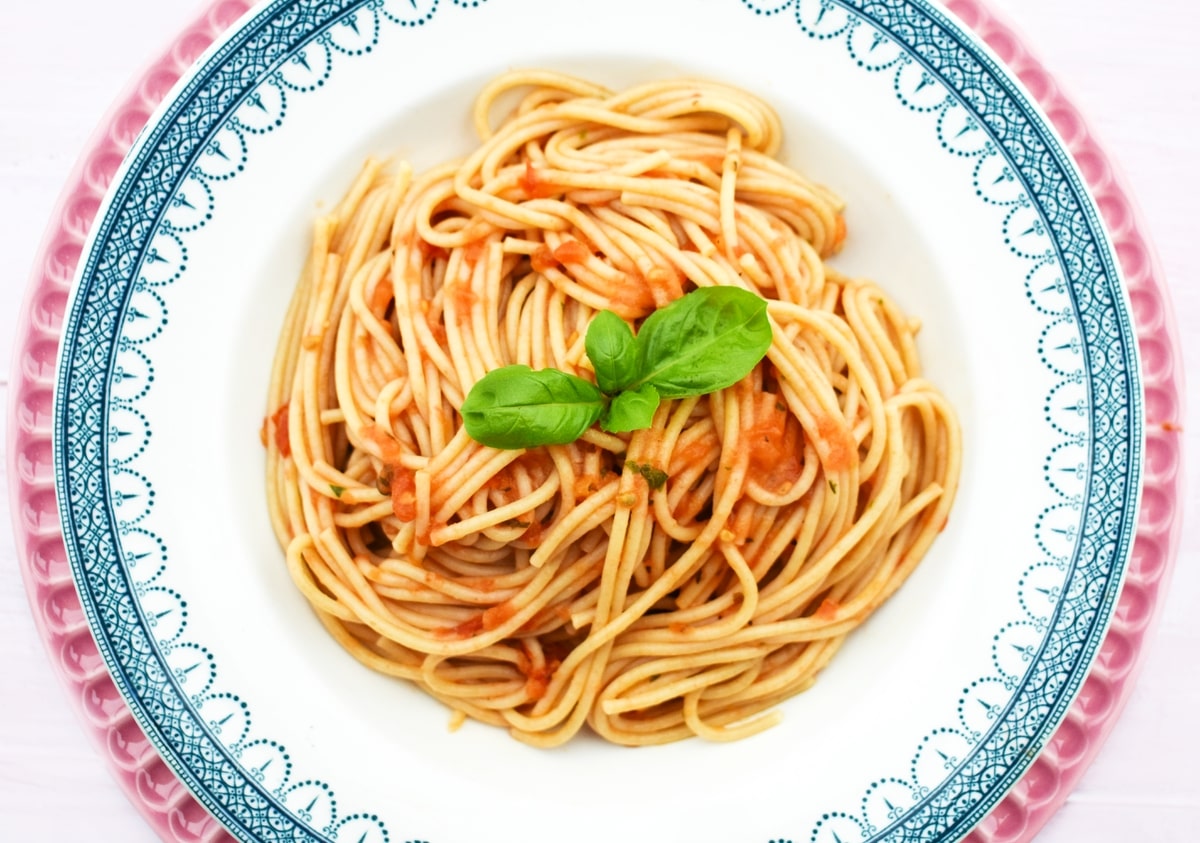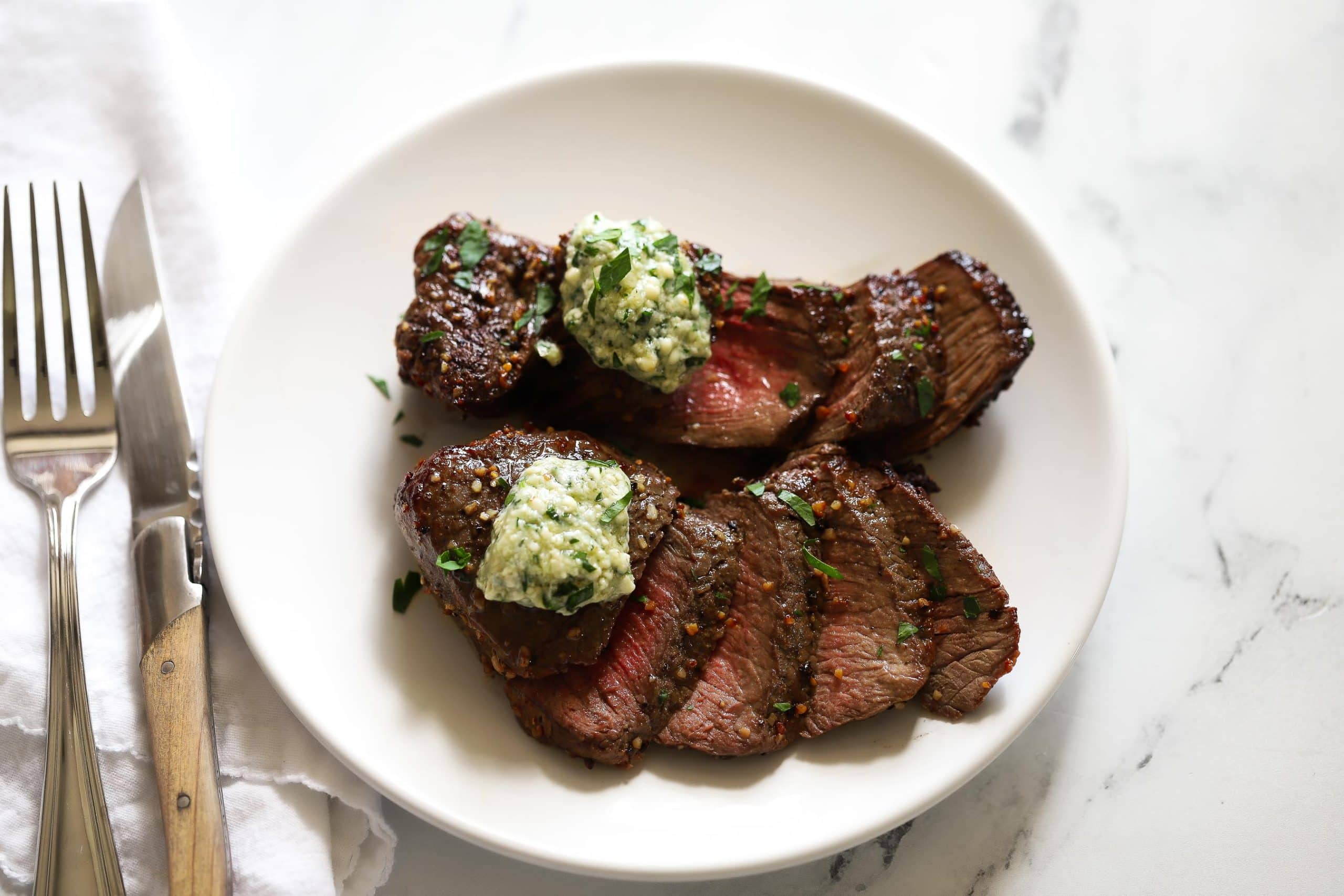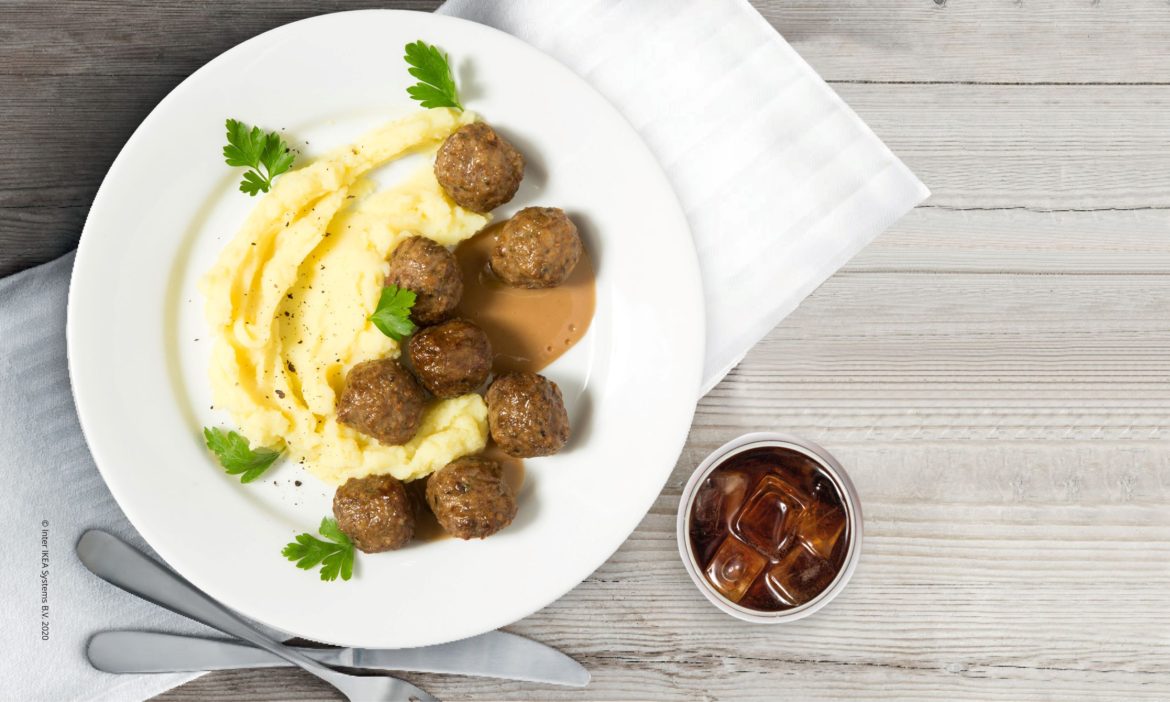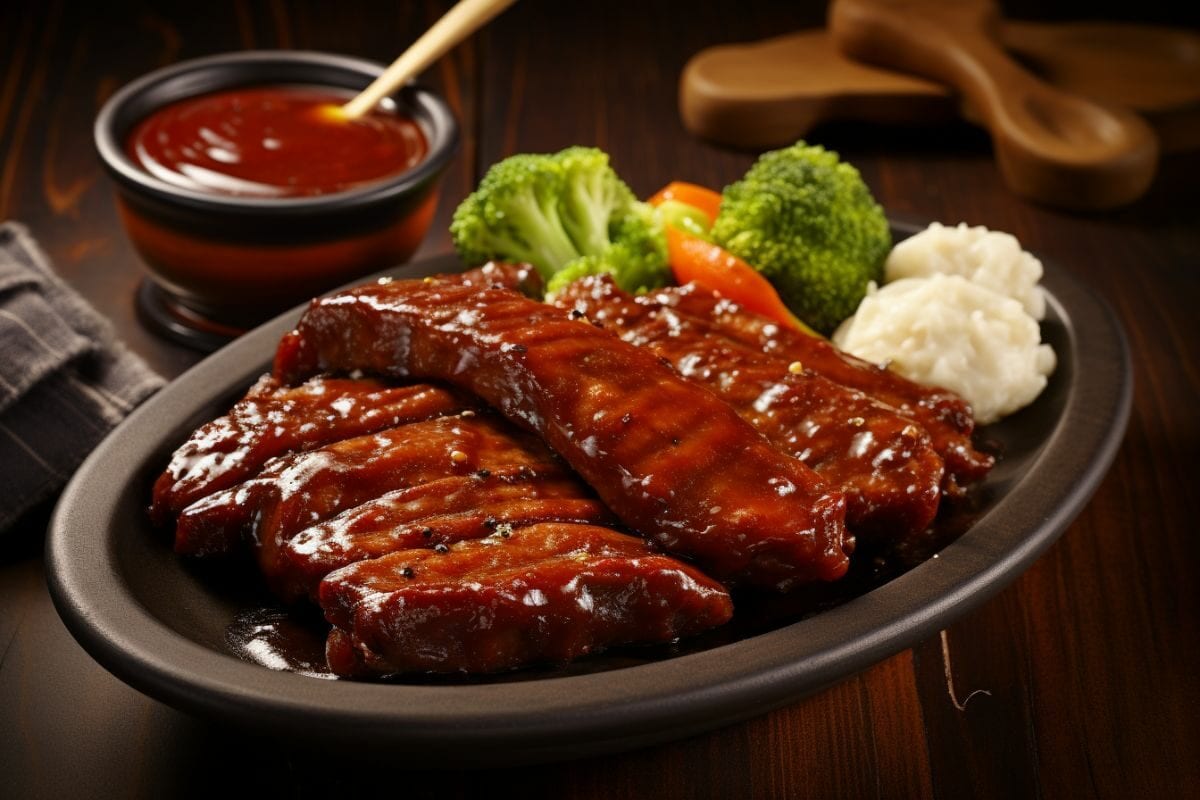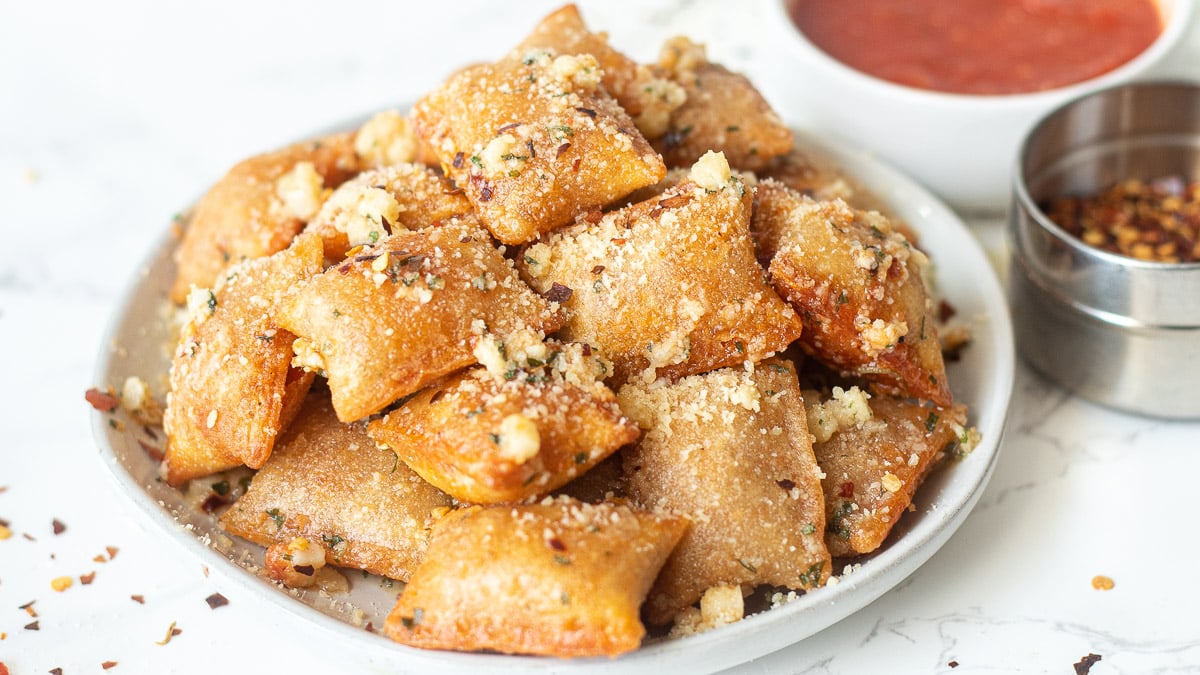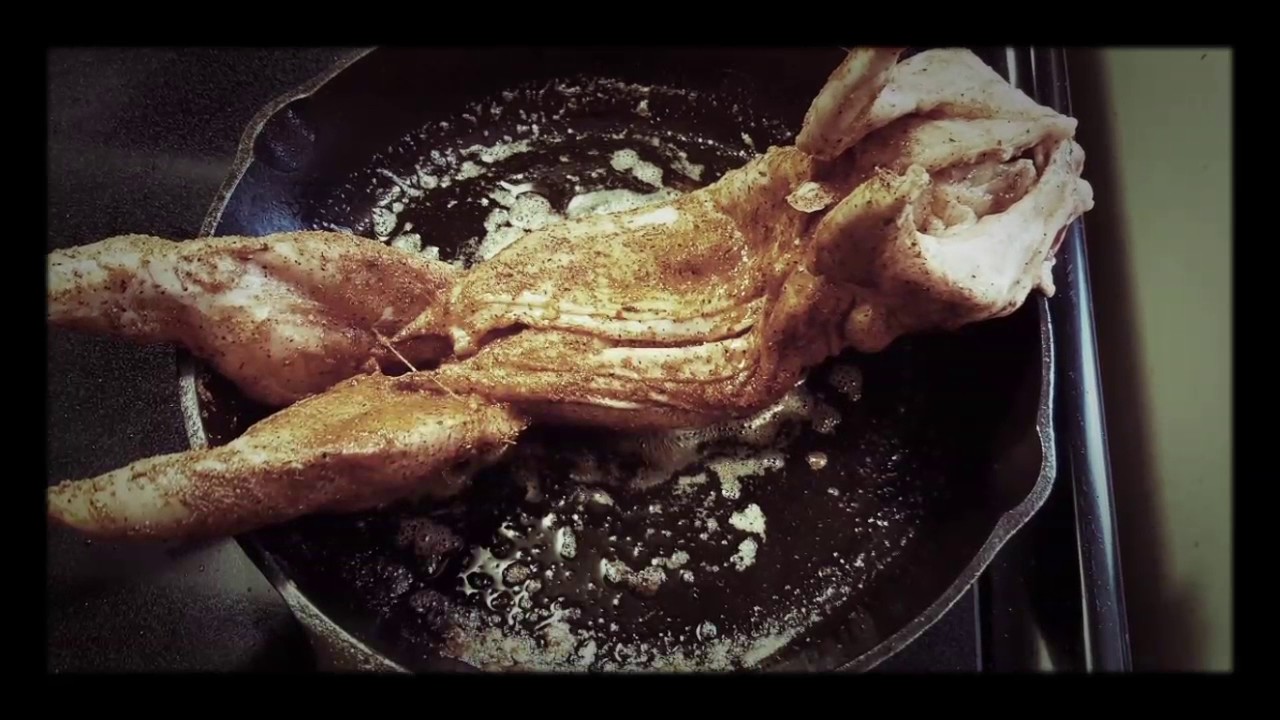Frozen Ramen Noodles: A Quick and Tasty Meal Made Easy
Have you ever found yourself craving a comforting bowl of ramen noodles, only to realize that you forgot to pick up fresh ingredients? Don’t worry! With frozen ramen noodles, you can still enjoy a delicious and satisfying meal without the need for a last-minute grocery run. In this article, we’ll guide you through the simple process of cooking frozen ramen noodles to perfection.
Why Choose Frozen Ramen Noodles?
Frozen ramen noodles have become increasingly popular due to their convenience and long shelf life. They are a great option for those busy days when you don’t have time to shop for fresh ingredients or when you want a quick and effortless meal. Plus, they often come in pre-packaged portions, saving you the hassle of measuring and portioning out the noodles.
Step-by-Step Guide to Cooking Frozen Ramen Noodles
Follow these easy steps to turn your frozen ramen noodles into a scrumptious meal:
- Preparation: Begin by bringing a pot of water to a rolling boil. While the water is heating up, unwrap the frozen ramen noodles and separate them if they are stuck together.
- Boiling: Once the water is boiling, carefully add the frozen ramen noodles. Use a spoon or chopsticks to gently separate any remaining clumps. Boil the noodles for the time specified on the packaging. Typically, frozen ramen noodles take around 3-4 minutes, but refer to the instructions for precise cooking times.
- Checking Doneness: To ensure the noodles are cooked to perfection, use a pair of tongs or a fork to remove a strand from the pot. Carefully taste a small portion to check if it is soft and fully cooked. If the noodles are still too firm, continue boiling for another minute or as needed.
- Straining: Once the noodles are cooked to your desired consistency, immediately drain them in a colander. Rinse them briefly under cold water to halt the cooking process and prevent them from becoming mushy.
- Flavor Infusion: While the noodles are draining, prepare your preferred ramen soup base or broth according to the package instructions. You can choose from a variety of flavors, such as miso, soy sauce, tonkotsu, or even a vegetarian option. Enhance the taste by adding fresh vegetables, protein of your choice, and garnishes like green onions or nori.
- Serving: Transfer the cooked and drained noodles to a large bowl. Pour the hot soup or broth over the noodles, allowing them to soak up all the delicious flavors. Top with your choice of additional toppings, such as sliced boiled eggs, mushrooms, or bean sprouts. Serve piping hot and enjoy!
Tips and Tricks for Perfectly Cooked Frozen Ramen Noodles
- Do not overcook: Pay close attention to the cooking time recommended on the packaging. Overcooking the noodles can lead to a mushy texture.
- Customize your toppings: Get creative with your toppings to add variety and personalization to your frozen ramen noodles. Experiment with different vegetables, proteins, or spices to suit your taste buds.
- Don’t forget the broth: The broth is where the magic happens and infuses the noodles with flavor. Explore different broth options and seasonings for a satisfying experience.
- Experiment with seasonings: Feel free to add your favorite seasonings or condiments to enhance the taste of your frozen ramen noodles further. Sriracha, sesame oil, or chili flakes can bring an extra kick, while a dash of soy sauce or lime can add tanginess.
So, the next time you find yourself with a craving for a comforting bowl of ramen but have only frozen ramen noodles on hand, remember this guide. With a few simple steps and a touch of creativity, you can transform those frozen noodles into a delectable meal that will satisfy your ramen cravings. Enjoy the convenience and flavor that frozen ramen noodles bring to the table!
For those interested in making a delicious meal with frozen ramen noodles, there are plenty of recipes to choose from. The Classic Tonkotsu Ramen with Frozen Noodles is perfect for those who want a rich, creamy broth with tender pork. If you crave a bit of heat, try the Spicy Miso Ramen with Frozen Noodles, which packs a punch with its spicy miso paste. For a lighter, soy-based broth, the Shoyu Ramen with Frozen Noodles and Soft-Boiled Egg is a great choice, featuring a perfectly cooked egg. Vegetarians will love the Vegetarian Miso Ramen with Frozen Noodles, loaded with fresh vegetables and a savory miso broth. For a protein-packed option, the Chicken Ramen with Frozen Noodles and Vegetables offers tender chicken and a medley of veggies. Seafood lovers should go for the Seafood Ramen with Frozen Noodles and Shrimp, which combines succulent shrimp with a flavorful broth. If you're in the mood for something indulgent, the Pork Belly Ramen with Frozen Noodles delivers melt-in-your-mouth pork belly. For a unique twist, the Shio Ramen with Frozen Noodles and Corn provides a lighter, salt-based broth with sweet corn. Vegans can enjoy the Vegan Ramen with Frozen Noodles and Tofu, featuring tofu and a rich, vegetable-based broth. Those who enjoy bold flavors should try the Curry Ramen with Frozen Noodles and Chicken, combining curry spices with tender chicken. For a Korean-inspired dish, the Kimchi Ramen with Frozen Noodles is a spicy, tangy delight. The Garlic Butter Ramen with Frozen Noodles and Mushrooms offers a buttery, garlicky flavor with earthy mushrooms. For a nutty, creamy option, the Peanut Sauce Ramen with Frozen Noodles and Vegetables is a must-try. If you love sesame, the Spicy Sesame Ramen with Frozen Noodles will hit the spot with its nutty and spicy notes. For a taste of Thailand, the Thai-Inspired Coconut Ramen with Frozen Noodles combines coconut milk with aromatic spices. The Teriyaki Chicken Ramen with Frozen Noodles offers a sweet and savory teriyaki flavor with tender chicken. For a refreshing twist, the Lemon Ginger Ramen with Frozen Noodles and Spinach provides a zesty and aromatic broth. Lastly, the BBQ Pork Ramen with Frozen Noodles and Bamboo Shoots is perfect for those who love smoky, tender pork with crunchy bamboo shoots.
Was this page helpful?
Read Next: How To Cook Pasta In Aroma Rice Cooker
